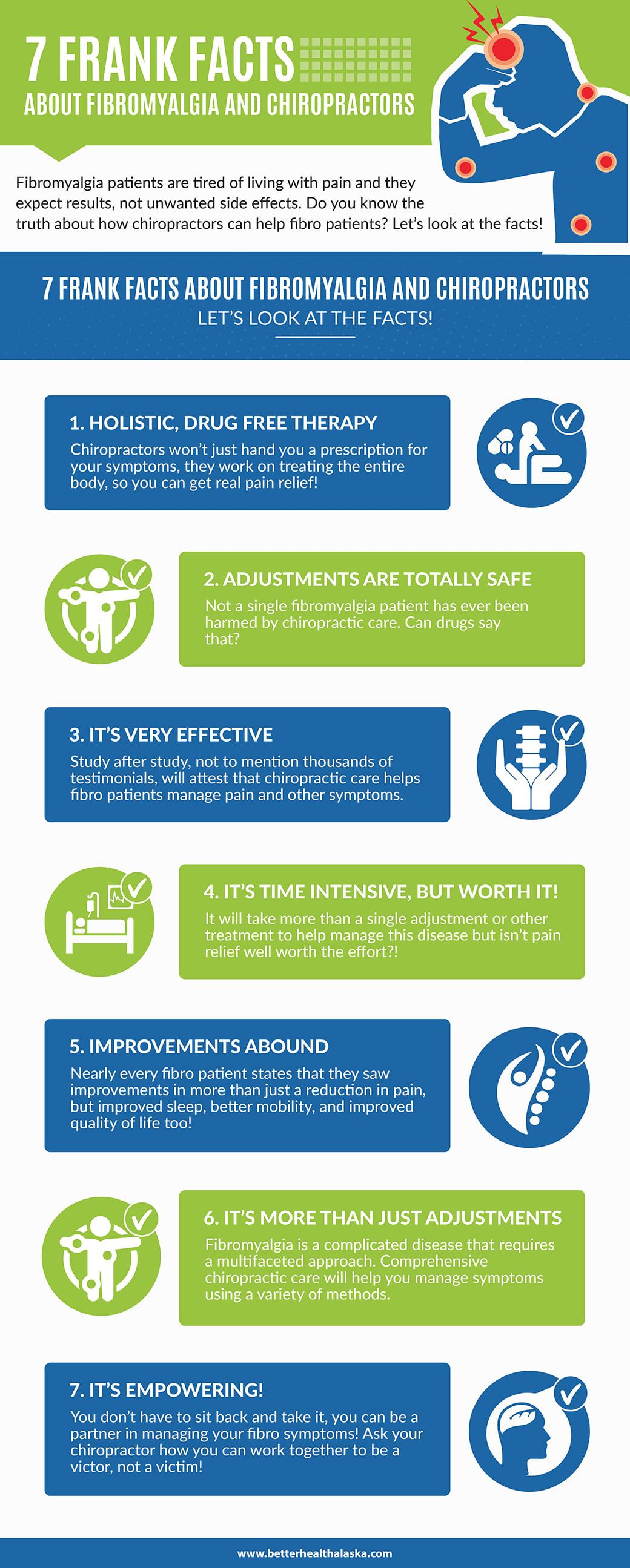The Function Of Posture In Pain In The Back: Tips For Getting And Keeping Good Placement Throughout Your Day
The Function Of Posture In Pain In The Back: Tips For Getting And Keeping Good Placement Throughout Your Day
Blog Article
Post By-House McIntyre
Keeping proper pose isn't nearly sitting up straight; it has to do with aligning your body in a way that supports your spinal column and reduces the risk of pain in the back. The method you rest, stand, and relocate throughout the day can substantially influence your spinal wellness. Yet exactly how specifically can you make certain good positioning regularly, also during active days filled with different tasks? Let's dig deeper right into the subtle yet impactful changes you can make to your daily regimen to keep your back pleased and healthy.
Importance of Appropriate Posture
Proper posture is vital in maintaining a healthy back and stopping discomfort. When you rest or stand with excellent position, your spinal column remains in positioning, decreasing strain on your muscles, ligaments, and joints. This placement permits the body to distribute weight uniformly, preventing excessive anxiety on particular areas that can lead to discomfort and discomfort. By maintaining your back appropriately straightened, you can additionally enhance your breathing and digestion, as slouching can press body organs and restrict their functionality.
Moreover, preserving excellent pose can enhance your overall appearance and self-confidence. When you stand tall with your shoulders back and head held high, you show self-confidence and appear even more friendly. Great stance can likewise make you really feel much more energized and alert, as it promotes appropriate blood flow and allows your muscular tissues to function effectively.
Incorporating correct pose into your day-to-day regimen, whether resting at a workdesk, walking, or working out, is important for protecting against back pain and advertising overall health. Bear in mind, a little adjustment in just how you hold yourself can make a significant difference in just how you really feel and work throughout the day.
Common Postural Mistakes
When it comes to keeping excellent position, numerous individuals unknowingly make common errors that can add to back pain and discomfort. Among https://www.tapinto.net/sections/tapintotv/articles/nj-family-chiropractor-uses-specialized-torque-release-technique-to-treat-chronic-conditions is slouching or hunching over while sitting or standing. visit my website on the spine and can cause muscle mass discrepancies and pain in the future.
An additional typical mistake is overarching the reduced back, which can squash the natural curve of the spine and cause pain. Furthermore, crossing legs while sitting may really feel comfy, but it can develop a discrepancy in the hips and pelvis, causing postural issues.
Using a pillow that's also soft or as well solid while sleeping can additionally influence your positioning and add to pain in the back. Finally, frequently craning your neck to look at screens or adjusting your placement regularly can strain the neck and shoulders. Being mindful of these usual postural blunders can aid you keep far better positioning and lower the risk of pain in the back.
Tips for Correcting Placement
To enhance your positioning and reduce back pain, it's vital to focus on making small adjustments throughout your day-to-day routine. Begin by being mindful of your pose. When resting, ensure your feet are level on the flooring, your back is straight, and your shoulders are loosened up. Avoid slouching or leaning to one side. Use ergonomic chairs or cushions to support your reduced back.
When standing, distribute your weight evenly on both feet, maintain your knees slightly curved, and tuck in your pelvis. Engage your core muscle mass to support your back. Take breaks to extend and walk around if you have a sedentary task. Incorporate workouts that reinforce your core and back muscular tissues, such as slabs or bridges.
While sleeping, make great site of a cushion that sustains the natural curve of your neck to preserve proper spinal alignment. Prevent sleeping on your tummy, as it can strain your neck and back. By bearing in mind these ideas and making small adjustments, you can slowly fix your positioning and reduce pain in the back.
Conclusion
Bear in mind, preserving excellent stance is key to preventing pain in the back and advertising spine health and wellness. By bearing in mind your alignment, dispersing weight uniformly, and involving your core muscle mass, you can minimize stress on your back and minimize the danger of pain and injury. Integrate ergonomic support, take normal breaks to stretch, and enhance your core and back muscle mass to maintain appropriate alignment throughout the day. Your back will certainly thank you for it!
